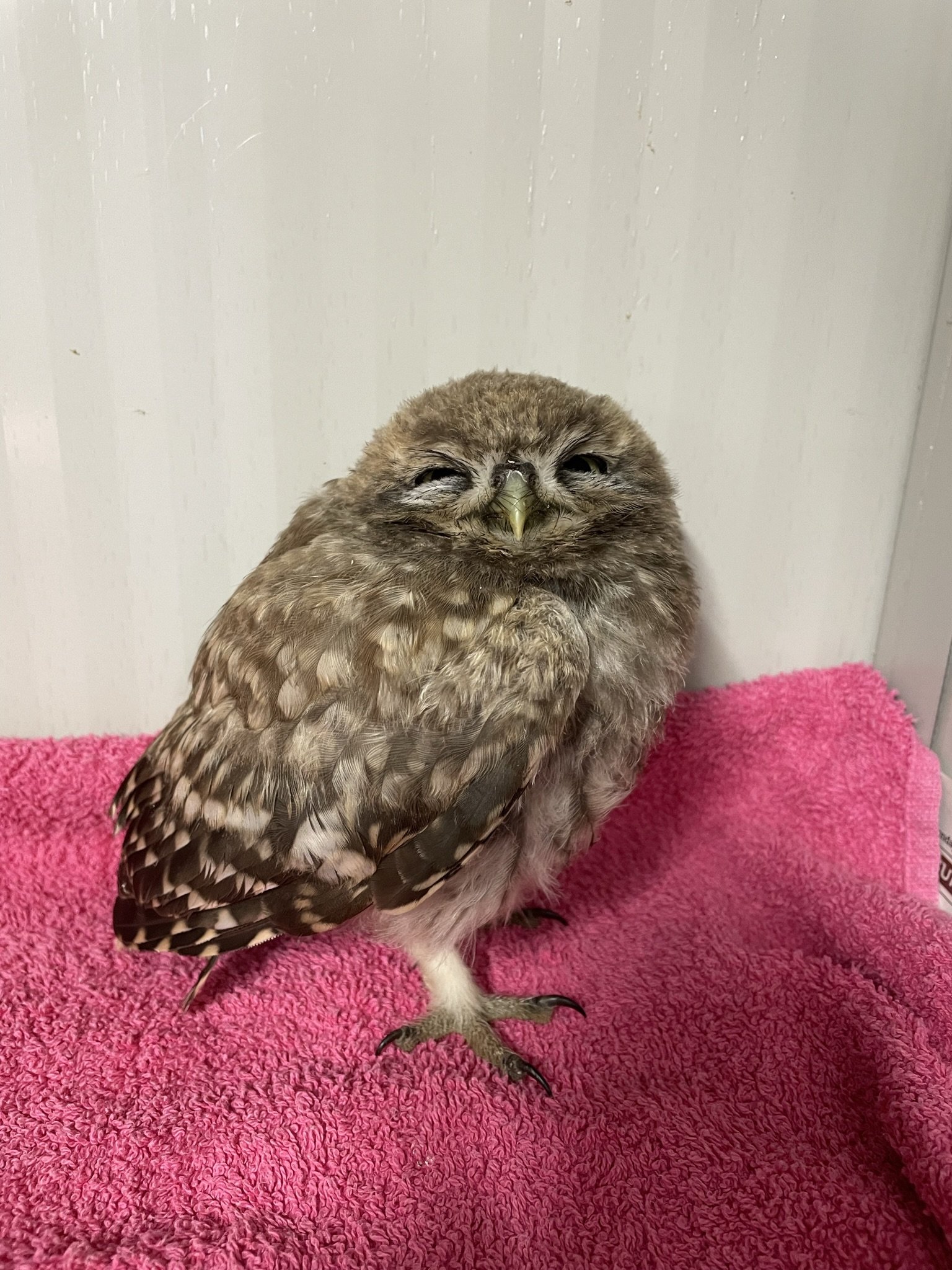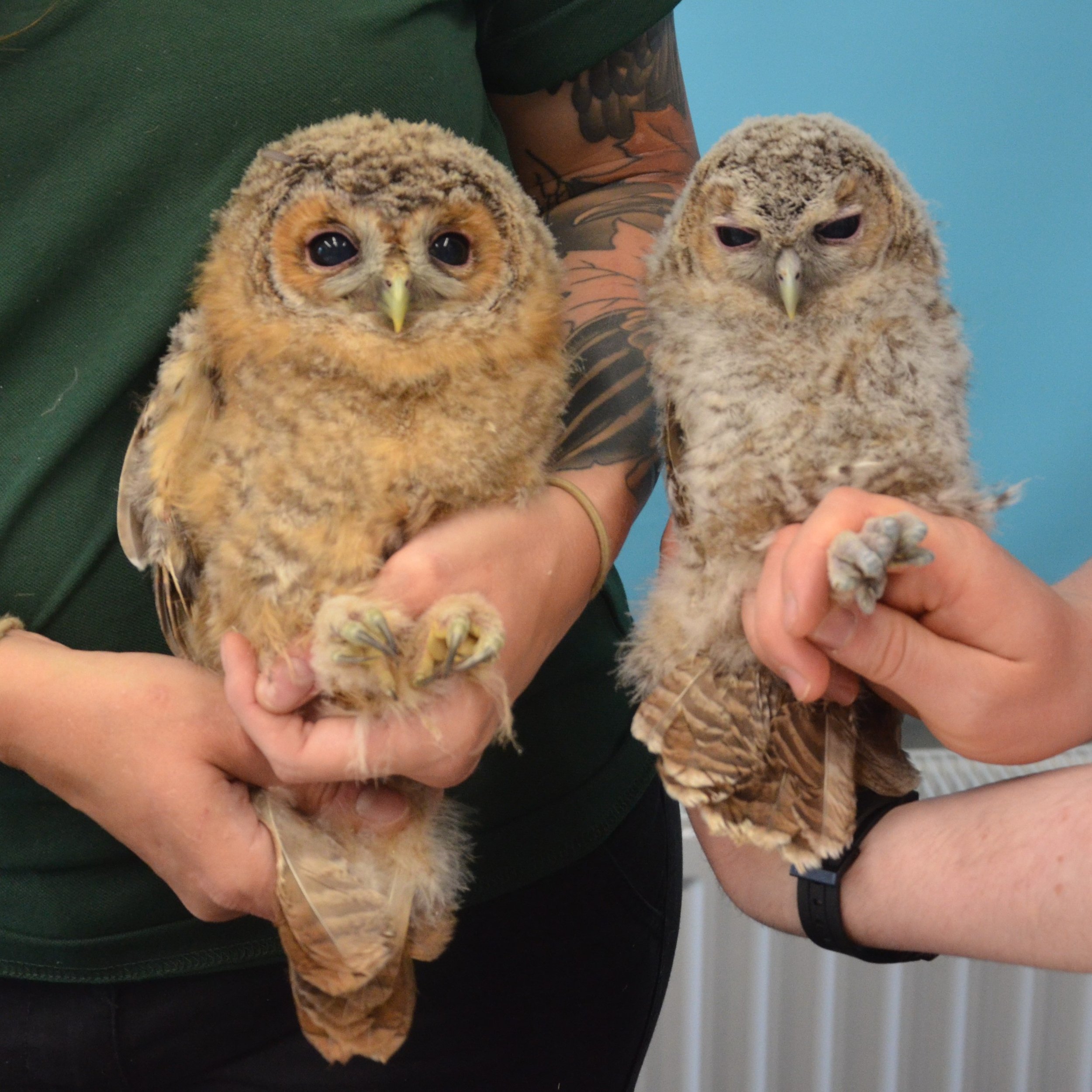A couple of weeks ago we shared a blog about a female Buzzard which was found locally having been hit by a vehicle. After a few days with us to recover from concussion, she was released over a mile away from where she was picked up, with plenty of fields and trees and away from the busy main road. Before she was released, we ringed her with a metal BTO ring, so that we might see where she ended up.
Last week, several staff reported a dead Buzzard on the road almost exactly where she had originally been picked up. Jess undertook the task to check, and unfortunately it was the same female, confirmed by the ring number. She had died after another collision with a vehicle and had sustained a broken wing, as well as probable internal damage.
Whilst this is very upsetting for everyone involved with this birds original rescue and care, by ringing her before release, we can at least deduce that this was her territory and that she was just unfortunate to be hit twice in a short period of time.
Roads locally are littered with dead wildlife, and this particular stretch is notorious for birds, as well as mammals. We can all do our bit to help, by slowing down for wildlife.















































































